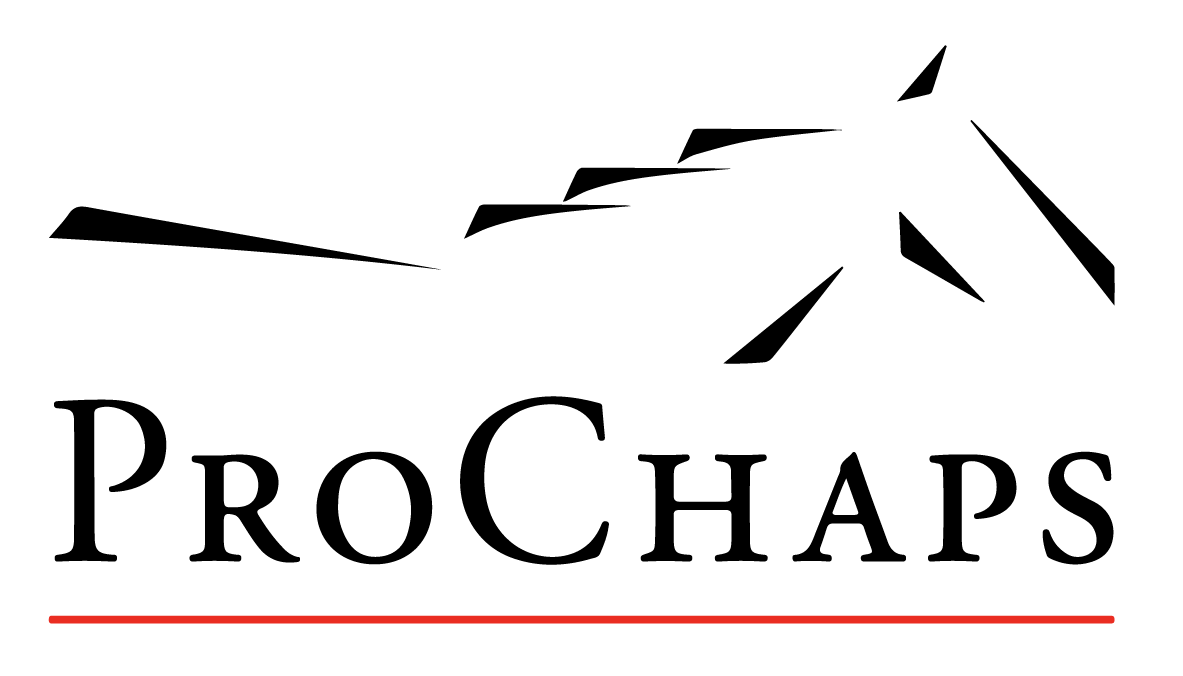In Allan Hamilton’s book, Zen mind, Zen horse, he touches upon how a horse’s neuro-anatomy is different from a human’s.
In our brain’s, the left and right hemispheres are densely interconnected by millions of white-matter fibre tracks that help in generalising cognitive tasks.
It is easy for a human to teach themselves how to hold a fork with their right hand and then generalise that task so that they can also use it with their left hand.
Once the right hand has learned to use the fork the info is encoded, packaged and transmitted via the corpus callosum to the right motor cortex.
What we learn on one side of the body can be easily swapped (or generalised) over to the other.
The horse, however, has a poorly developed corpus callosum. The equine brain has limited capacity to generalise what is learned on one side of the body to the opposite side. Each side must be approached independently.
This is why it is so important to train a horse in a balanced fashion, first asking for a task on the right and then repeating on the left.
Australian horse trainer Clint Anderson points out that every horse owner actually gets two horses for each one they have purchased – one called “Righty” and a second called “Lefty” – and they need equal attention.
Happy Trailssssssssss – keep that horse of yours nice and balanced physically and mentally.
?
